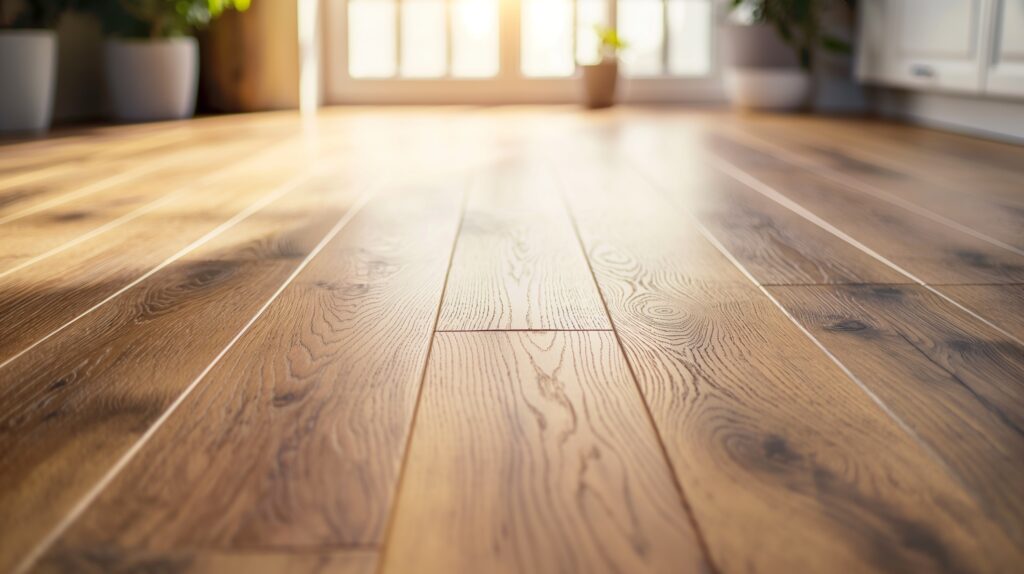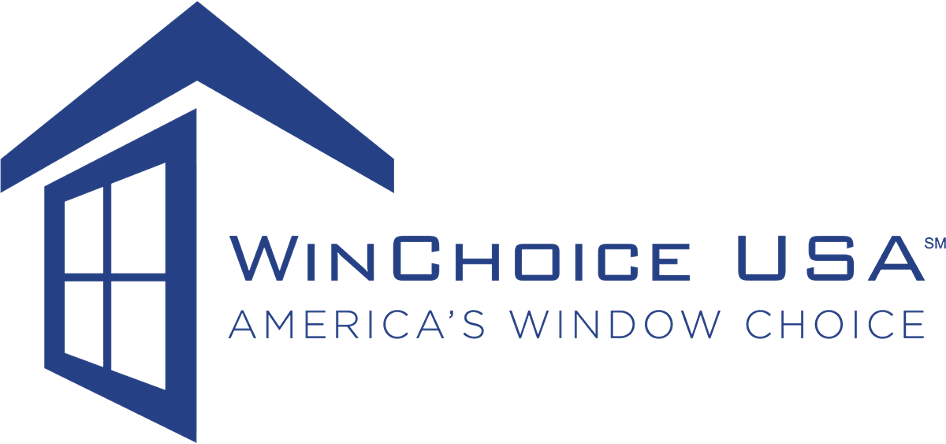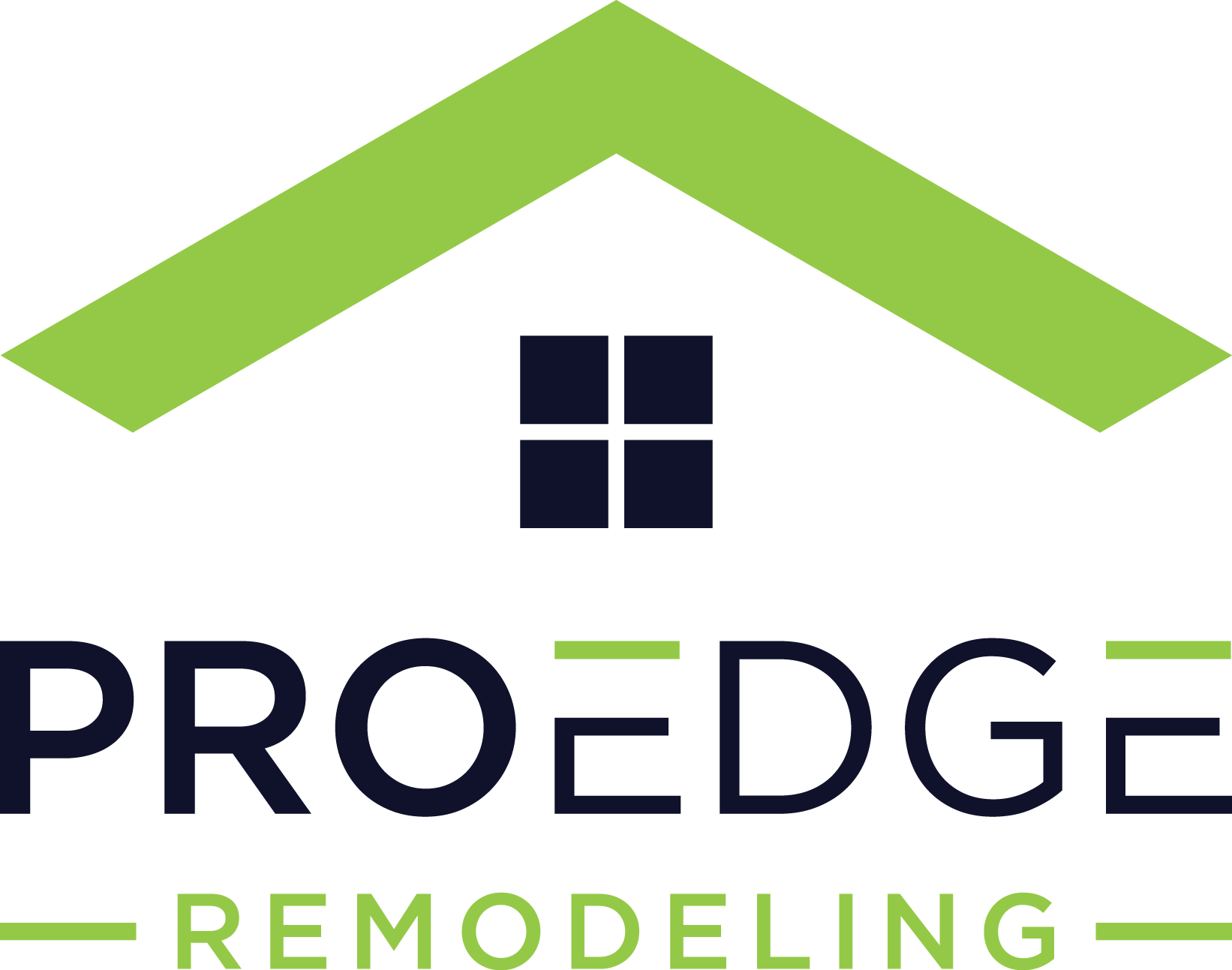How Much Should My Hardwood Floors Cost?

Hardwood floors remain one of the most popular flooring choices in American homes due to their durability, timeless appearance, and strong resale value. Whether you’re remodeling a single room or upgrading your entire home, it’s critical to understand the full cost of hardwood flooring before you begin. Pricing varies widely based on material, labor, installation method, and regional factors.
Table of Contents
Average Cost of Hardwood Floors in 2025
Understanding national price trends is key to setting realistic expectations for a hardwood flooring project. In 2025, the average cost to install hardwood floors ranges from $6 to $12 per square foot, which includes both materials and labor. However, your total project cost can vary significantly depending on the type of wood you select, the complexity of the installation, and regional labor rates.
Price Ranges by Project Type
- Low-end installations (using basic finishes and domestic species) start at around $6 per square foot
- Mid-range projects using standard oak, maple, or prefinished planks typically cost $9 to $12 per square foot
- High-end installations, which include exotic hardwoods or intricate patterns, can exceed $15 per square foot
For a standard room size of 400 square feet, homeowners can expect to pay:
Budget Installations
For homeowners working with a limited budget, a 400-square-foot hardwood flooring project can typically be completed for around $2,500. This estimate assumes the use of domestic wood species such as red oak or maple, combined with standard prefinished planks and a straightforward installation process.
Basic nail-down or floating installations over a level subfloor help keep labor costs manageable. These budget-friendly projects prioritize durability and function while offering a clean, classic appearance without premium customization.
High-End Installations
On the higher end of the spectrum, a 400-square-foot hardwood floor using exotic wood species or custom finishes can cost $6,500 or more.
Premium woods like Brazilian cherry, walnut, or teak carry higher material costs, often exceeding $15 per square foot. Additional expenses come from intricate installation methods such as herringbone patterns, custom stains, or site-finished floors. These projects are often chosen for their visual impact and long-term resale value, making them a strategic investment for homeowners focused on premium quality and aesthetics.
Factors That Affect Hardwood Floor Costs
Multiple variables influence your final price. These include the material type, installation method, room dimensions, and your location. Understanding how each factor contributes to the overall cost helps you plan and prioritize effectively.
Type of Hardwood
The wood species and construction method have a major impact on your project budget.
- Solid hardwood typically ranges from $8 to $15 per square foot. It offers long-term value and can be refinished multiple times.
- Engineered hardwood costs between $6 and $12 per square foot. It’s more stable in humid environments and easier to install, but may only allow limited refinishing.
Material Cost by Species
- Red oak, maple, hickory: Common and affordable, with prices on the lower end of the spectrum
- Brazilian cherry, teak, and other exotics: More durable and visually striking, but can exceed $20 per square foot
Installation Method
How your flooring is installed directly affects labor time and costs. Each method comes with different tool requirements and suitability for subfloor types.
- Nail-down installation (typical for solid hardwood): $4 to $8 per square foot
- Glue-down installation (often used for engineered hardwood): $3 to $7 per square foot
- Floating installation (quickest and least invasive): $2 to $5 per square foot
Keep in mind, subfloor prep or removal of existing materials can add $1 to $3 per square foot to the total.
Room Size and Layout
The scale and shape of the room affect material usage and labor efficiency.
- Smaller rooms (under 200 square feet) may have higher per-square-foot costs due to setup and mobilization
- Complex layouts with alcoves, cabinetry, or stairs require additional cutting, fitting, and trim work, increasing both time and waste
Staircase installation is typically priced per step and can add a substantial amount to your overall cost if included.
Geographic Location
Where you live plays a significant role in pricing, especially for labor.
- Urban markets usually see 15 to 20 percent higher labor costs due to higher demand and overhead
- Rural areas may offer lower rates, but with fewer qualified contractors available and potential travel surcharges
Always request multiple local quotes to gauge pricing accurately in your area.
Additional Costs to Consider
Beyond the core materials and installation, several supplemental costs can catch homeowners by surprise if not budgeted early. These services are essential for a complete, code-compliant, and visually finished project.
Common Add-Ons
- Underlayment and moisture barriers: $1 to $2 per square foot
- On-site finishing or staining: $1 to $4 per square foot
- Baseboard or trim replacement: $3 to $8 per linear foot
- Furniture removal and job site cleanup: $200 to $500 per room
These extras may or may not be included in your contractor’s estimate. Clarify what’s covered in writing before work begins to avoid unexpected charges.
Cost Comparison Between Hardwood and Other Flooring Options
Hardwood flooring is a premium choice, but it’s not the only one. To help homeowners make informed decisions, it’s important to understand how hardwood stacks up against popular alternatives—not just in terms of upfront cost, but also in long-term value, durability, and maintenance requirements.
Engineered Hardwood
Engineered hardwood is the closest alternative to solid wood. It uses a thin layer of real hardwood bonded over a plywood or high-density fiberboard (HDF) core. This layered construction gives it more flexibility and moisture resistance.
- Typical cost: $7–$20 per square foot (installed)
- Pros: Real wood appearance, can be installed over concrete, more stable in humid conditions
- Cons: Limited refinishing potential (usually 1–3 times depending on wear layer)
Homeowners who want the look of hardwood but need a more budget- or basement-friendly material often lean toward engineered options.
Luxury Vinyl Plank (LVP)
Luxury vinyl plank has surged in popularity due to its convincing wood-like visuals and water resistance. It’s an excellent option for bathrooms, basements, or anywhere moisture might be a concern.
- Typical cost: $4–$10 per square foot (installed)
- Pros: Fully waterproof, easy to clean, softer underfoot than tile
- Cons: Cannot be refinished, doesn’t add resale value like hardwood
LVP is ideal for families, pet owners, or anyone who wants the aesthetics of wood without the maintenance.
Laminate Flooring
Laminate offers another wood-look alternative at a lower price point. It uses a photographic wood image layer beneath a wear-resistant surface.
- Typical cost: $4–$8 per square foot (installed)
- Pros: Scratch-resistant, budget-friendly, wide design variety
- Cons: Vulnerable to water damage, lower resale appeal
For rental properties or budget-conscious remodels, laminate remains a practical choice.
Tile
Tile doesn’t mimic wood (unless using wood-look porcelain), but it’s often considered in the same category because of its durability and clean appearance.
- Typical cost: $10–$30 per square foot (installed)
- Pros: Excellent water resistance, long lifespan, easy to sanitize
- Cons: Hard and cold underfoot, expensive installation, grout maintenance required
It’s a smart pick for kitchens and bathrooms but rarely used throughout living areas unless radiant heating is in place.
Carpet
Carpet is the most affordable option, though it serves a different purpose entirely. It’s about comfort and insulation more than durability or aesthetics.
- Typical cost: $2–$8 per square foot (installed)
- Pros: Warm, cushioned, good for sound dampening
- Cons: Wears out quickly, stains easily, requires frequent replacement
While carpet may appeal to those seeking a cozy bedroom floor, it’s not a long-term investment material.
Bottom Line
Flooring Type | Avg. Installed Cost | Best For | Not Ideal For |
Solid Hardwood | $11–$25 | Long-term homeowners, resale value | Budget remodels, high-moisture zones |
Engineered Hardwood | $7–$20 | Below-grade installations, tight budgets | Multiple refinishes |
LVP | $4–$10 | Wet areas, busy households | Upscale resale expectations |
Laminate | $4–$8 | Budget updates, DIY installs | Wet environments |
Tile | $10–$30 | Bathrooms, kitchens, pet zones | Bedrooms, large open areas |
Carpet | $2–$8 | Bedrooms, low-traffic areas | Kitchens, allergen-sensitive spaces |
In short, hardwood remains the gold standard in terms of durability and resale impact, but alternatives like engineered wood or vinyl plank can serve specific needs more effectively at a lower cost.
Ways to Save on Hardwood Flooring
Installing hardwood flooring doesn’t have to mean overspending. By making a few strategic choices, homeowners can significantly reduce costs while still achieving a high-quality result.
1. Time Your Purchases Strategically
Flooring suppliers and retailers often discount hardwood inventory during slower construction seasons. Shopping between late fall and early spring can help you secure lower prices—sometimes 5% to 10% off—simply due to reduced demand.
2. Opt for Prefinished Products
Site-finished hardwood may offer more customization, but it comes with added labor and mess. Prefinished hardwood is completed in the factory and requires no staining or sealing after installation. Choosing prefinished can cut $1 to $3 per square foot from your total cost and also shortens the project timeline.
3. Install Selectively, Not Everywhere
You don’t have to install hardwood throughout your entire home. Many homeowners choose hardwood for main living spaces and high-traffic areas, then switch to more affordable materials like LVP or carpet in secondary bedrooms or basements.
4. Handle the Prep Work Yourself
If you’re comfortable with basic tools, doing the following tasks yourself can lead to noticeable savings:
- Remove existing flooring (especially carpet or laminate)
- Move furniture out before installers arrive
- Clean and prep the subfloor if no major repairs are needed
These efforts can save hundreds of dollars in labor, especially if priced by the hour.
5. Get Multiple Contractor Quotes
Pricing for hardwood installation can vary widely based on contractor, location, and job scope. Always request at least three detailed bids, and make sure they include:
- Labor rates per square foot
- Cleanup and disposal fees
- Trim and baseboard work
- Subfloor preparation
Comparing these line-by-line will help you spot hidden charges and give you stronger leverage for negotiation.
Return on Investment and Long-Term Value
Hardwood flooring offers a strong return on investment. According to remodeling industry data, refinishing hardwood floors can yield up to 147% ROI. New installations, while more costly, add significant appeal and appraisal value during resale.
Hardwood floors last 20 to 100 years with proper care. Their ability to be sanded and refinished every 7 to 10 years extends their lifespan beyond most other flooring types. While they require periodic maintenance, hardwood floors rarely need full replacement, unlike carpet or laminate.
FAQs
Is hardwood flooring worth the cost?
Yes, hardwood flooring is often considered worth the investment for most homeowners. It adds long-term value to a home and significantly enhances its appearance. Buyers frequently list hardwood floors as a desirable feature, and homes with hardwood are known to sell faster and at higher prices compared to homes with carpet or laminate.
In addition to its visual appeal, hardwood is incredibly durable. With proper care and periodic refinishing, hardwood floors can last for several decades. This longevity reduces the need for replacement and offsets the higher initial cost over time. From a financial standpoint, hardwood also offers a strong return on investment. Industry reports suggest that installing new hardwood flooring can recover more than 100 percent of its cost when selling a home.
What is the cheapest hardwood flooring option?
The most affordable option for hardwood flooring is engineered hardwood made from common domestic species such as red oak or maple. Engineered hardwood typically costs less than solid hardwood because it uses a thinner layer of real wood over a plywood or composite base. This construction method conserves materials and is more cost-efficient to produce and install.
Among solid hardwood choices, red oak is usually the most economical, with material costs starting around two to three dollars per square foot. Choosing prefinished products and avoiding custom stains or intricate patterns can further reduce total project costs. Another tip is to look for plain-sawn boards, which are easier to manufacture and often priced lower than rift-sawn or quarter-sawn cuts.
Does engineered wood cost less than solid hardwood?
Engineered hardwood generally costs less than solid hardwood, both in materials and installation. Material prices for engineered wood typically fall between seven and twenty dollars per square foot installed, whereas solid hardwood may range from eleven to twenty-five dollars per square foot depending on the wood species and finish.
Installation costs are also lower for engineered flooring, particularly when using floating or click-lock methods. These systems reduce labor time and eliminate the need for adhesives or nails. Engineered wood can be installed over a wider range of subfloor types, including concrete, which may reduce or eliminate the need for subfloor preparation.
While it is more affordable, engineered hardwood still provides the appearance of real wood. Many high-quality products feature thick top layers that allow for limited refinishing, although not as often as solid wood.
How long does installation typically take?
The installation timeline for hardwood flooring varies based on several factors, including room size, installation method, and whether any preparation is needed. For a single room with standard layout and materials, installation typically takes between two and five days.
Preparation steps such as subfloor leveling, removal of old flooring, or moisture barrier installation can add a day or two to the project. If you are using solid hardwood, the planks may need to acclimate to the home’s humidity for at least 48 to 72 hours before installation begins.
For larger homes, intricate layouts, or custom patterns such as herringbone, the total timeline can stretch to a week or more. Weather, contractor scheduling, and delivery delays may also influence how long the project takes from start to finish.
Conclusion
Understanding how much your hardwood floors should cost allows you to make informed budgeting decisions. Costs in 2025 range widely, from $6 to over $15 per square foot, depending on materials, labor, and project complexity. Key savings come from smart product choices, thoughtful planning, and competitive contractor quotes.
For best results, homeowners should compare several estimates and confirm scope of work before starting the project.

Anna has over six years of experience in the home services and journalism industries and serves as the Content Manager at MyHomePros.com, specializing in making complex home improvement topics like HVAC, roofing, and plumbing accessible to all. With a bachelor’s degree in journalism from Auburn University, she excels in crafting localized, comprehensive guides that cater to homeowners’ unique needs. Living on both coasts of the United States has equipped her with a distinctive perspective, fueling her passion for turning any house into a cherished home through informed, personalized decision-making.








